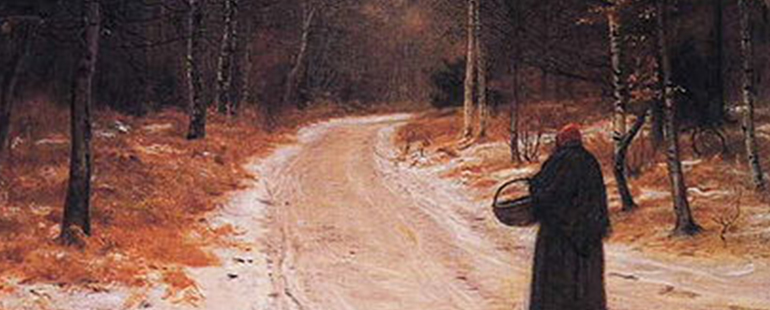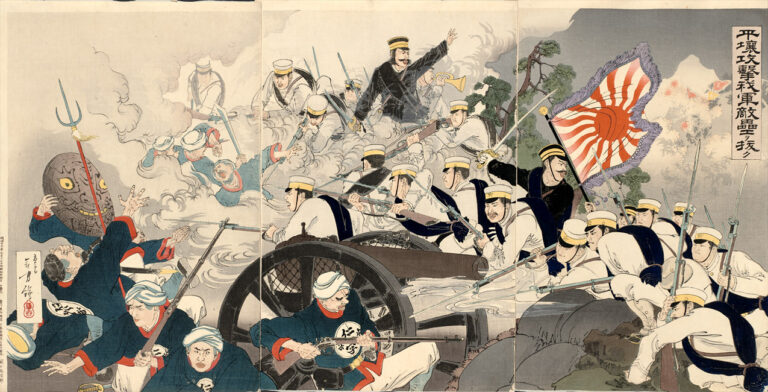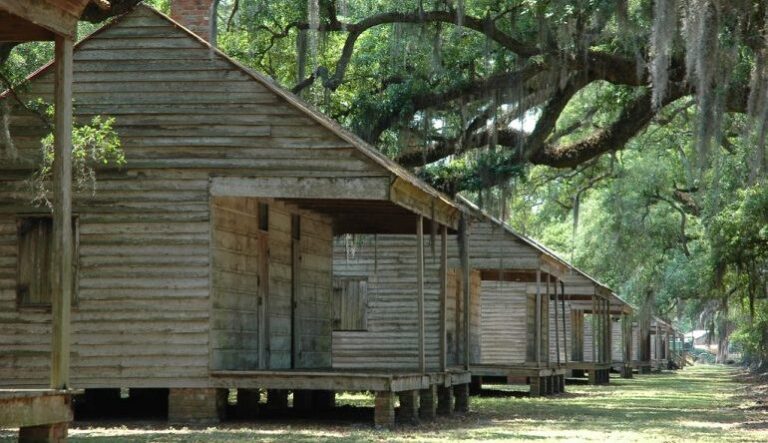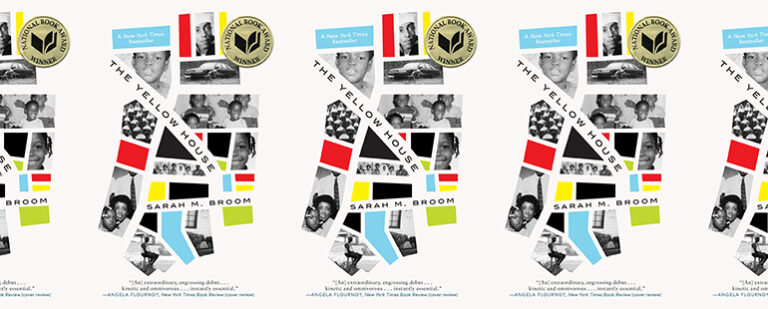The Angel in the Woods

There’s a wood near my house named for Heaven. It’s called Walhalla, actually—the Viking afterlife where dead soldiers toast to their own bravery for eternity. It’s a bold name for a little urban ravine. A creek runs Walhalla’s length, plashing over mottled shale, and the hillsides are covered with trillium and bluebells in spring, mixing with daffodils and tulips planted by the people who live there. There are birds of all kinds, from cardinals and ducks to owls and hawks. There are foxes (I saw one once) and coyotes (though I haven’t seen any), and too many deer (who fear humans not at all) to count.
Since we’ve been in quarantine the past few weeks, however, there’s been a noticeable change in Walhalla. Children, out of school and daycare, are galloping in their rainboots down the middle of the ravine at all hours, carrying buckets and shovels, paddling along on scooters or tricycles, splashing in the creek, crouching down to get a closer look at bugs, flowers, and fungi, as well as little “surprises” mysteriously left for them to find: plastic toys, holiday decorations, odd bric-a-brac pulled out of attics and basements, bird statuettes, rice bowls, a tongue-less bell. It’s as if an impromptu art project in Walhalla has sprung from our collective need to comfort our neighborhood’s kids; if they’re confused or sad, why not give them some joy?
Of course, there are people who hate the scavenger hunt. A heavy spring rain could wash plastic into the watershed, they say. Why can’t kids just count the flowers? they ask, exasperated. It’s clutter. It’s ugly. It’s dumb. The junk keeps multiplying and no one knows who to blame or where it’s coming from. What started as an act of kindness has turned viral, the defenders of Walhalla argue, even malignant, from an ecological point of view.
Where a viral meme of Emily Dickinson came from, I also don’t know, but it, too, has been popping up lately. Below a famous photograph of her is a block of text that reads like an old-fashioned public service announcement: “This is Emily. Emily doesn’t want to catch Coronavirus so Emily stays inside. She reads. She writes a bit of poetry. She writes letters. She bakes a mean coconut cake! She does a bit of bird watching. Then she writes some more. Emily is safe from COVID-19. Be like Emily and stay home.” On its surface, the image is delightfully recognizable—funny because it’s true; yes, Dickinson was the nineteenth century’s foremost social distancer, but the truth is more complicated, more Dickinson-like in its tilt.
In a letter to writer and Unitarian minister Thomas Wentworth Higginson, Dickinson writes, “Perhaps Death—gave me awe for friends—striking sharp and early, for I held them since—in a brittle love—of more alarm, than peace,” perhaps at once explaining both the ferocity with which she holds on to her friends—Higginson included—and the fear that urges her to also distance herself from them.
Dickinson’s passionate friendships continued into her quarantined adulthood through correspondence, but—in her own, elliptical way—she remained a physical presence in the lives of Amherst’s children. In Emily Dickinson’s Reception in the 1890s: A Documentary History, Willis J. Buckingham writes that, “although invisible for years, even to life-long friends, Emily never denied herself to children. To them she was always accessible, always delightful, and in their eyes a sort of fairy guardian.” In fact, Dickinson would lower baskets out her second-floor bedroom window filled with baked treats for neighborhood kids to find. She was an excellent baker—a talent analogous to poetry—and understood that mixing contrasting ingredients makes for a more complex sensory experience.
Dickinson knew that modesty and self-confidence, blended together, would disarm her reader and—as made manifest by her own person—delight and mystify the people around her. As Judith Thurman writes in her 2008 New Yorker essay “Her Own Society,” “[Dickinson’s] studied unworldliness—the virginal or bridal habit of a white dress; the lily proffered breathlessly to an exceptional visitor; the elfin figure fleeing at the sound of a doorbell; the pretense of ‘insignificance’—was also a form of camouflage.” Adults like Higginson who greatly admired Dickinson still wondered at her odd behavior, weird dress, and strange habits. Considered from a child’s point of view, however, Dickinson becomes exceptional, set apart, a “fairy guardian” to be sure, leaving her warm gingerbread (a treat predicated on its balance of sweetness and spice) for passing neighborhood children to find. Shirking conventionality offered Dickinson a modicum of freedom and enlarged her presence simultaneously; she was both eccentric spinster and white-clad angel, depending on how you saw her.
Her attitude could certainly also be construed as childlike—meaning naïve or unstudied. Higginson, when describing his first face-to-face meeting with Dickinson, refers to her as childlike several times. It’s a word that can mean lots of things, like a lack of pretense or unrelenting energy, even ignorance. It can mean diminutive size, modesty, or eccentricity. Why doesn’t she go out, Higginson wants to know? Why doesn’t she behave as adults should? “She was much too enigmatical a being for me to solve in an hour’s interview,” he writes, “and an instinct told me that the slightest attempt at direct cross-examination would make her withdraw into her shell; I could only sit still and watch, as one does in the woods; I must name my bird without a gun, as recommended by Emerson.” Here, Dickinson is relegated to the “woods”—that Heaven out of which mysteries spring, no matter what we call them, and Higginson stands bewildered at its edge.
The secret to Dickinson’s “social distancing” remains unsolved, but thoroughly guessed at. She may have wanted us to believe she was trapped in some kind of perpetual state of childhood, but the idea that she was potentially avoiding infection is an interesting one. Dickinson’s father was protective of his children and particularly nervous about their lungs, believing tuberculous “ran” in their family; maybe his concern carried over into Dickinson’s adult life. Epidemic illnesses were a regular part of nineteenth-century life, and death was an everyday reality. From a twenty-first-century perspective, I might say Dickinson was contending with the trauma she hinted at in her line to Higginson—“Perhaps death gave me awe for friends, striking sharp and early”—a trauma compounded by dogmatic and, to her mind, problematic invocations of an afterlife she found too cold, too distant, too perfect. For Dickinson, “the ‘supernatural’ was only the Natural disclosed,” and she sought comfort in her garden, in the meadow across from her house, and in the woods, too. She writes to Higginson, “When much in the woods, as a little girl, I was told that the snake would bite me, that I might pick a poisonous flower, or goblins kidnap me; but I went along and met no one but angels, who were far shyer of me than I could be of them, so I haven’t that confidence in fraud which many exercise.”
Dickinson is establishing her poetic vocabulary here. Read more closely, she seems to say. The phrase “confidence in fraud” is pleasurable in paradox, the snake and flowers terribly Old Testament, but for Dickinson, Heaven is a good New England wood and its angels are animals, or contemplation, even self-possession. Her allusion to childhood on its surface serves to explain her innocence, but it also serves her particular theology: that is, children need relief from fear. In light of a religious culture that emphasized dread—of losing God’s favor, of hellfire—Dickinson instead endorses trust, and she found it, of all places, in the woods. Hers was a contrary philosophy, in much the same way her modesty seemed at odds with her pride. In fact, she tells Higginson, “The pride that stops the breath, in the core of woods, is not of ourself.” In other words, what you see as Dickinson’s vanity is actually quite mysterious, just as what appears in the woods waits to be seen by our “unfurnished eyes.”
Similarly, the “angels” Dickinson evokes in her letter to Higginson are a metaphor for the role she plays in the lives of Amherst’s children—“far shyer of me than I could be of them.” Her carefully curated diffidence promotes trust and enables joy in the face of real suffering—joy through mystery and discovery, through narrative and role-playing. For Dickinson, angels shouldn’t simply be relegated to the cold outreaches of a fundamentalist Christian Heaven; they should enter the earthly narratives children create for themselves. In his book Emily Dickinson, Friend and Neighbor, MacGregor Jenkins says Dickinson often carried her basket of gingerbread “upstairs to a window in the rear of the house (so their mothers wouldn’t see), and… slowly lower[ed] it to the ‘storm-tossed, starving pirates’ or the ‘lost, roaming circus performers’ eagerly waiting below.” In other words, Dickinson proved to be a bit of a counterweight to familial expectations, an opportunity for benign rebelliousness. She was a naughty angel. She was a toy hidden in the woods.
I like to imagine my own neighbors—sneaking into Walhalla late at night or early in the morning, tucking Harry Potter bobbleheads and rubber duckies into clefts on the creek’s bank—as Dickinson’s “angels”: shy antecedents to future recovery. These objects appear—to the children—out of nowhere, magicked into existence by the spirits of Walhalla ravine—what a neighbor’s parents called “Goblin Town” when he was a kid. The gifts we offer children in times of crisis may seem silly or excessive, but their meanings are ultimately richer in retrospect; they may, in fact, become fodder for potential poems made richer by contrasts and combinations: real and synthetic, flower and plastic, hide and seek, sickness and health, mystery and revelation.
This piece was originally published on April 16, 2020.


